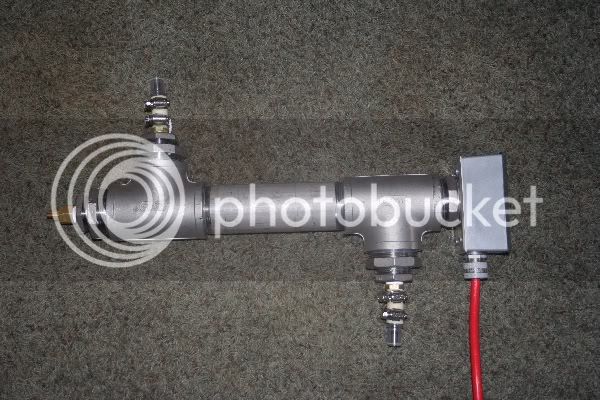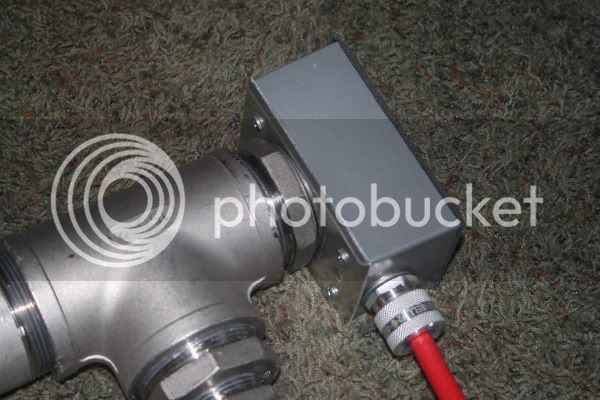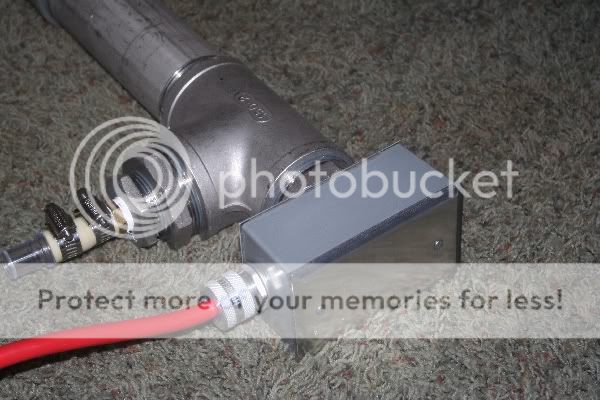- Joined
- Apr 6, 2009
- Messages
- 418
- Reaction score
- 5
Put my electric Kettle [updated text] together last weekend. I basically followed the design located here: http://www.theelectricbrewery.com/node/9?page=show
So, here is the problem. If I connect the electric box, by putting it between the washer and the head of the heater element, my rig leaks. I remove the box, connect the heater element directly, and it doesn't leak. It seems that the connection to the box is too thick to allow the other the element to seal correctly when it is included.
One reason this happened, my hole was cut a touch too big. *sigh* I asked for it to be cut to 1 1/4", it was cut to 1 3/8". If anyone has a suggestion on how to compensate for a hole that is a smidge too big, I would love it - I'm going to try a slightly bigger o-ring, but am not sure how well it will work. I could try welding something in, but I don't weld, and I don't know anyone in Washington who could do it for me.
The other option seems to be to find a different way to mount the electrical box over the end of the heating element, so the wiring is protected. If anyone has a suggest, I am all ears! Perhaps a simple cap arrangement over the end (where to find such a cap that would be water tight)? Or something...?
Thanks for the tips!
So, here is the problem. If I connect the electric box, by putting it between the washer and the head of the heater element, my rig leaks. I remove the box, connect the heater element directly, and it doesn't leak. It seems that the connection to the box is too thick to allow the other the element to seal correctly when it is included.
One reason this happened, my hole was cut a touch too big. *sigh* I asked for it to be cut to 1 1/4", it was cut to 1 3/8". If anyone has a suggestion on how to compensate for a hole that is a smidge too big, I would love it - I'm going to try a slightly bigger o-ring, but am not sure how well it will work. I could try welding something in, but I don't weld, and I don't know anyone in Washington who could do it for me.
The other option seems to be to find a different way to mount the electrical box over the end of the heating element, so the wiring is protected. If anyone has a suggest, I am all ears! Perhaps a simple cap arrangement over the end (where to find such a cap that would be water tight)? Or something...?
Thanks for the tips!








